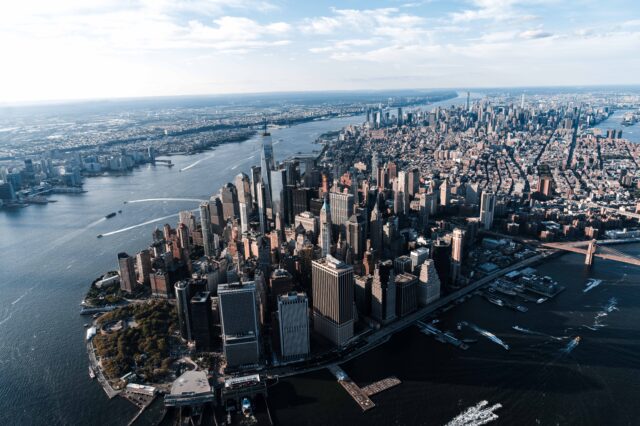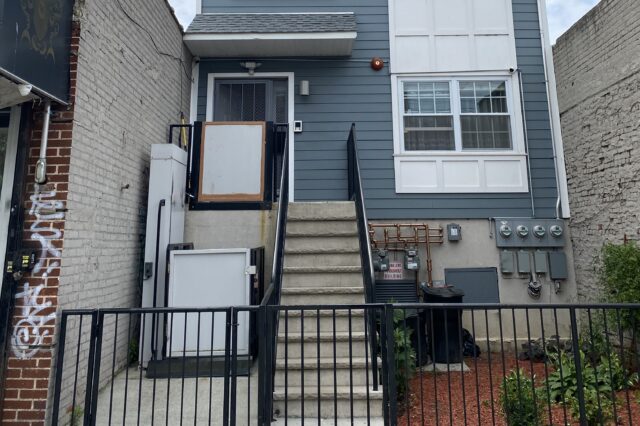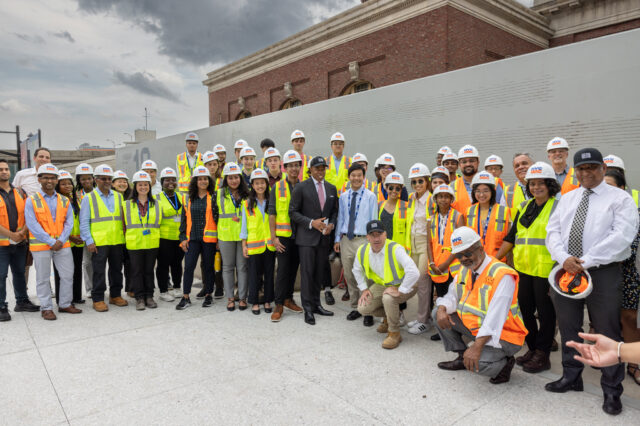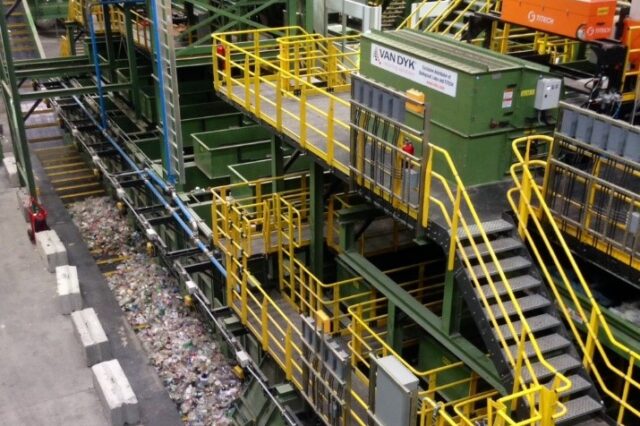الأمر التنفيذي 23
Leading by example through clean construction actions taken by NYC’s Capital Construction Agencies
In 2022, Mayor Adams signed the Clean Construction Executive Order (EO23), which directs city capital construction agencies to work to lower embodied carbon from their construction projects. EO 23 directs the city to:
- Develop low carbon concrete specifications and make their best effort to incorporate them in all batch plant ready-mixed concrete.
- Submit environmental product declarations (EPDs) to the Building Transparency database, a publicly available database of EPDs, using the OpenEPD format, for structural steel and batch plant ready-mixed and precast concrete, with the possibility of EPD requirement expansion to other comparable materials in wide usage.
- Make their best efforts to include specifications in capital project construction contracts for low-emission vehicles and equipment with a preference for all-electric equipment.
- Capital project agencies shall endeavor to obtain credits related to life cycle assessments (LCA) for capital projects that are required to comply with the green building standards and, where applicable, shall annually submit an LCA report to the office of environmental coordination.
Capital Construction Agencies, with MOCEJ, are developing and implementing action plans aimed at reducing carbon emissions from capital projects in ways not specifically outlined in the Executive Order.








